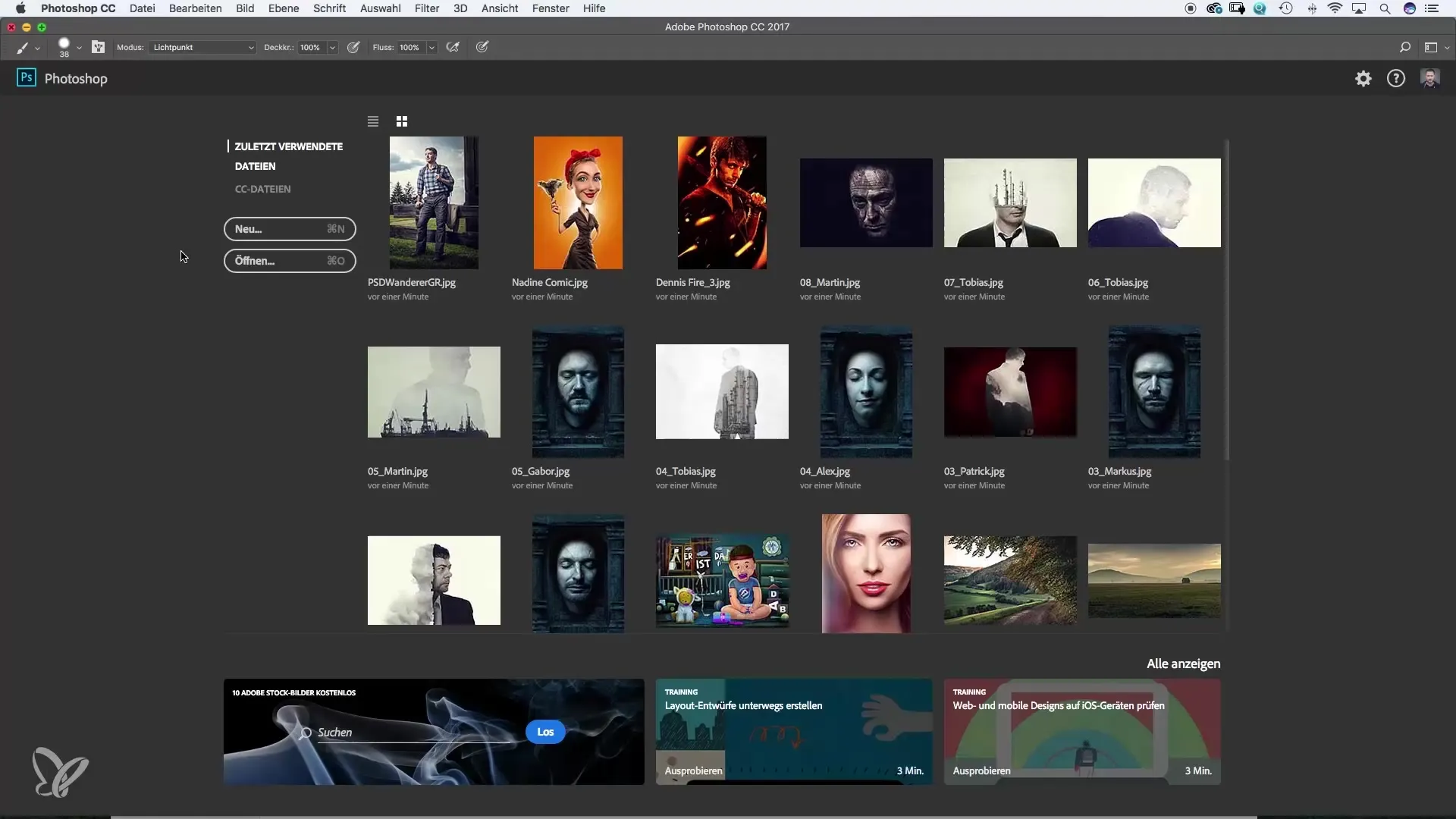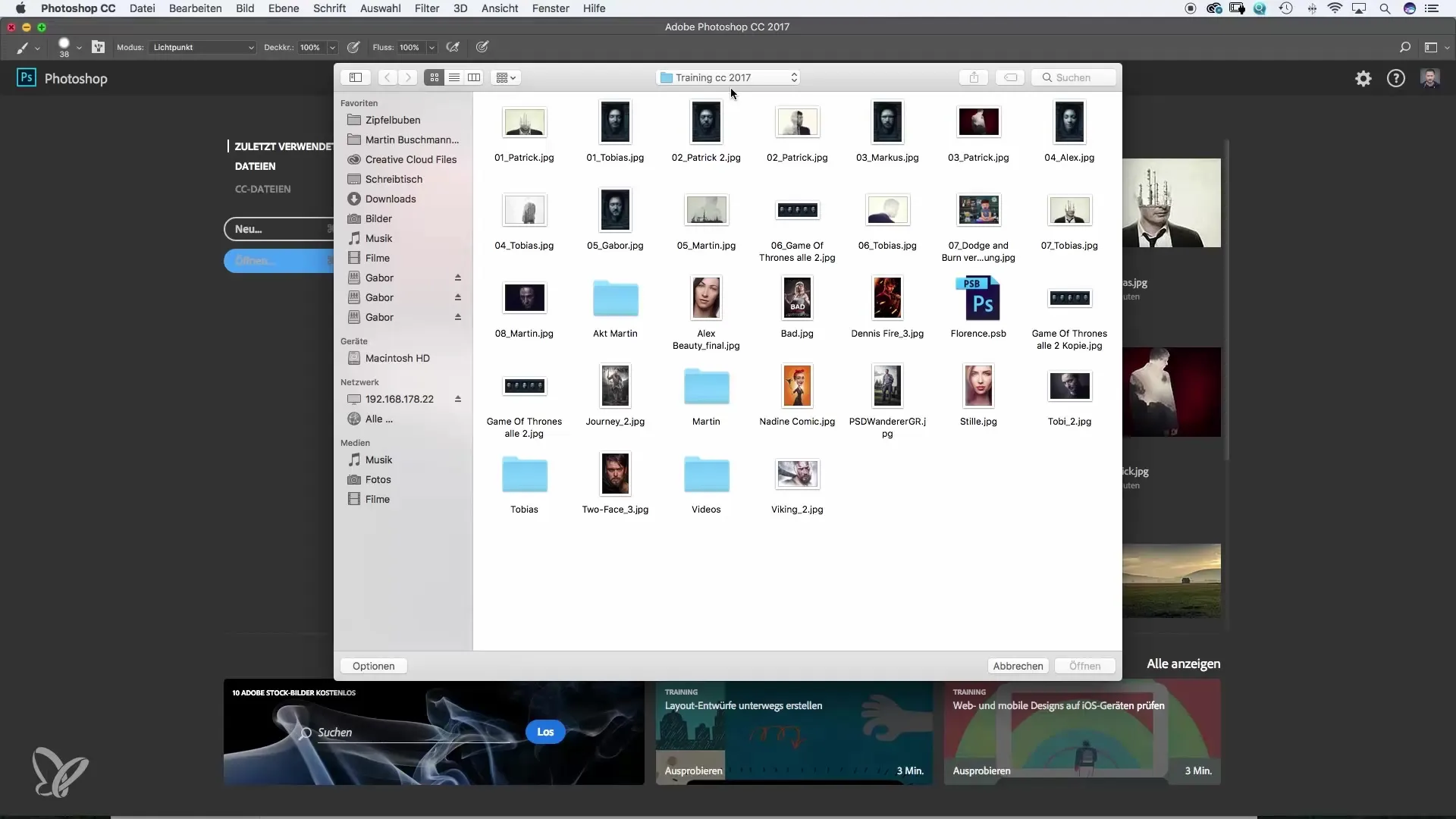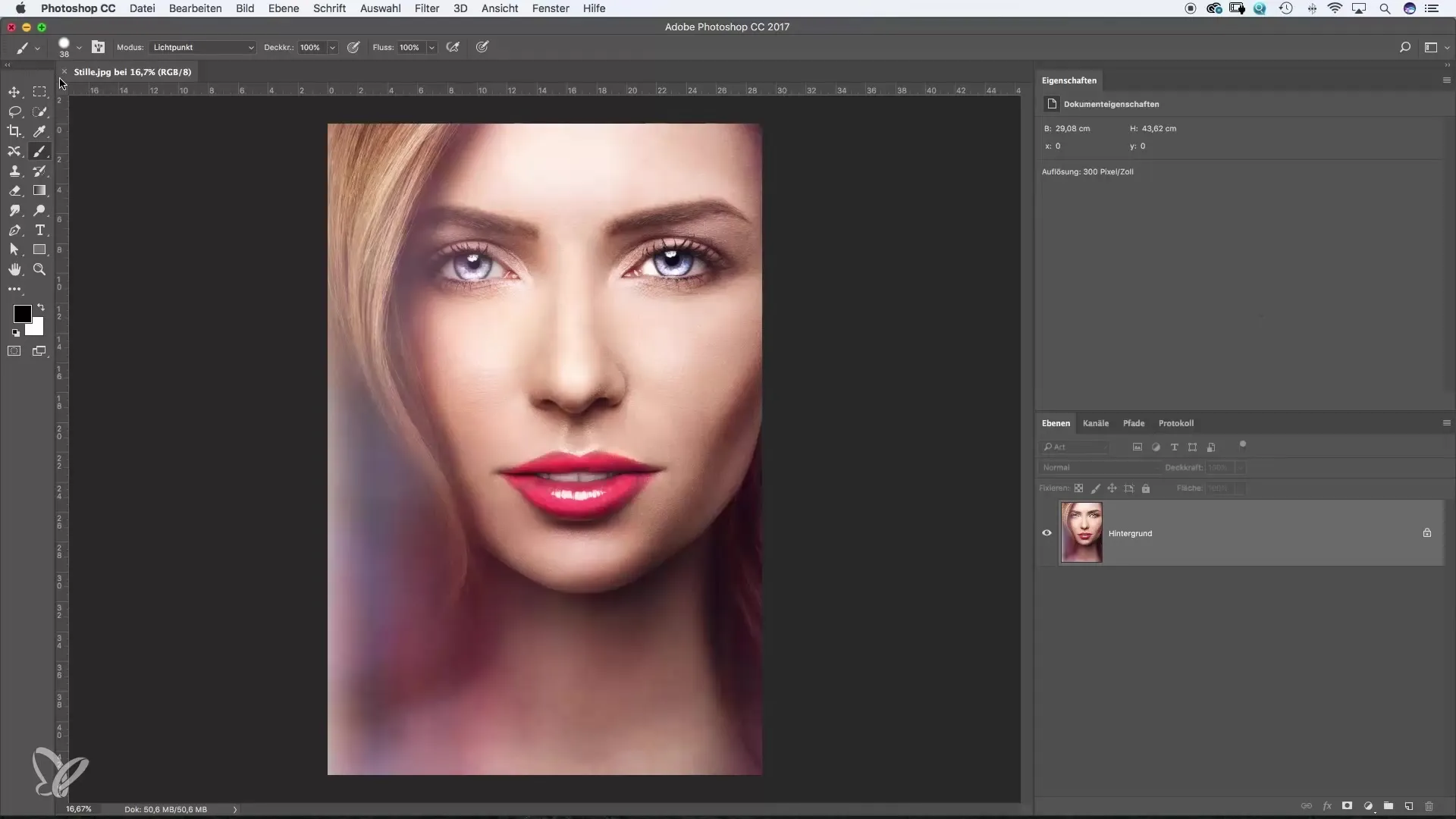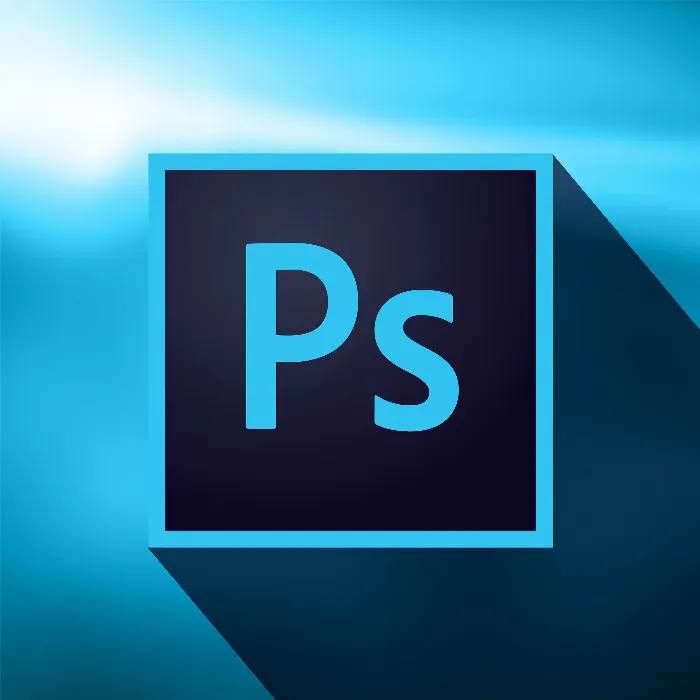Editing images is one of the main applications of Photoshop, but before you can start editing, the images must first be opened. This tutorial explains how you can efficiently use various methods to open images in Photoshop.
There are several ways to load an image in Photoshop, and every user has their preference. Let's leave the talk behind and see how you can open images in Photoshop quickly and easily.
Key Takeaways
- You can open images directly through Photoshop's browser window.
- Loading images from the Finder (Mac) or Explorer (Windows) is simple and fast.
- There are various ways to import images into Photoshop, each offering its own advantages.
Open an image via the Photoshop user interface
First, you open Photoshop. You might find yourself at a point where you don't yet see the tools and menus. This may look like a lobby where you can't do anything. However, this state is only temporary, and you'll soon start importing images.
At one point, your recently opened projects appear in a small preview. Here you have the option to decide whether you want to view images in the preview or in a list view. I personally prefer the default view because I can immediately see which images I last worked on.

To open an image, simply select it. In my case, we want to import the image of Fiona. A double-click on the image opens it directly in Photoshop.
You will notice that the image is in JPEG format. This simple method makes getting started on your projects particularly pleasant.
Locate images via Finder or Explorer
If you're already in the program and want to open another image, there's another way to do it, which is often considered more effective. Simply click on “Open” and the Finder (or Explorer on Windows) will open.
Here you can now browse your files for the desired image. Let's say you want to use Fiona's image again. You select the image and click on “Open”, or just double-click.

Experiment a bit with this method; it gives you the opportunity to scour your hard drive or server.
Open images directly via the menu
You can also click on “File” in Photoshop’s menu bar and then “Open”. This opens the Finder or Explorer again. Here you can not only select one image but also multiple images at once.
For example, let's select another image and insert the comic motif. This function is extremely useful when you need multiple images in a working context.
When you have multiple images open now, your workspace in Photoshop quickly becomes more lively, and you can work on different projects in parallel.
Open images via right-click
Another practical way is when you have found the image you want to open in Finder (or Explorer). Right-click on it and select “Open With Photoshop” to bring the image directly into the software.

This method is great if you want to quickly open an image without having to navigate through menus.
Drag & Drop – A tactile method
For many users, dragging an image directly into Photoshop can be the fastest and most convenient method. This is especially practical when you have both Finder and Photoshop open. Incredibly simple: just drag the image onto the PS icon in the menu bar or onto the Photoshop workspace.
This method is particularly effective for tactile learners among you.
Summary – The best methods for opening images in Photoshop
The methods described here show how to open images in Photoshop. Choose the method that is most comfortable for you, and you'll see that getting started in Photoshop as well as editing your images becomes much easier.
Frequently Asked Questions
How do I open an image in Photoshop?You can open an image by double-clicking it in the last opened document or via “File” → “Open” and then selecting the file.
What is the simplest method to open images?Dragging the image directly into the Photoshop window is often the easiest and fastest method.
Can I open multiple images at once?Yes, you can select multiple images by highlighting them in Finder or Explorer and then opening them.
Does this also work with other file formats?Yes, you can also open PSD, TIFF, and other formats in the same way.


